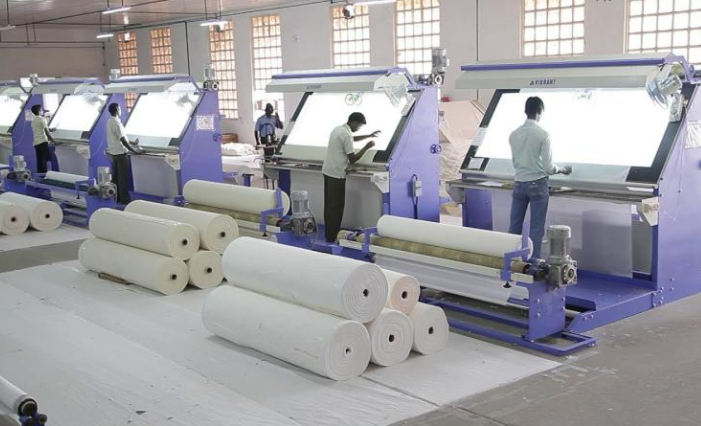Here are several ways to ensure the quality of T – shirts from a garment manufacturer:
1. Factory Evaluation and Selection
Reputation and Experience: Research the garment manufacturer’s history and reputation in the industry. Factories with a long – standing presence and positive reviews from other clients are more likely to produce high – quality products. For example, look for factories that have worked with well – known brands and have a track record of meeting quality standards.
Certifications: Check if the manufacturer has relevant certifications such as ISO 9001 (Quality Management System). These certifications indicate that the manufacturer adheres to a set of international quality management standards in its production processes.

2. Material Inspection
Fabric Quality: Examine the fabric used for the T – shirts. High – quality cotton should have a smooth texture, be free of blemishes, and have a consistent fiber density. For synthetic fabrics, look for characteristics like strength and resistance to pilling. You can request fabric samples in advance and conduct tests such as a tensile strength test (to measure how much force the fabric can withstand before tearing) and a colorfastness test (to ensure the colors don’t fade easily).
Thread and Trim Quality: Inspect the thread used for stitching. It should be strong and of a suitable thickness for the fabric. Zippers, buttons (if any), and other trims should also be of good quality. For example, a zipper on a T – shirt with a pocket should operate smoothly without getting stuck.

3. Production Process Monitoring
Sampling and Pre – production Meetings: Before full – scale production, ask the factory to provide pre – production samples. This allows you to check and approve the design, fit, and quality of the T – shirts. Hold pre – production meetings with the factory’s production team to discuss quality expectations, including details such as seam allowances, stitching techniques (e.g., double – stitching for added durability), and printing or embroidery methods.
In – process Inspections: If possible, arrange for inspections during the production process. This can involve checking the cutting of the fabric to ensure accurate shapes and sizes, as well as monitoring the sewing process to make sure that stitches are even and seams are straight. For example, the hems of the T – shirt sleeves and bottom should be neatly sewn without any loose threads.
Quality Control Checks at the Factory: The factory should have its own quality control (QC) system in place. Ask about their QC procedures and request reports on defect rates and corrective actions taken. Some factories use statistical process control methods to monitor and improve the quality of their production.

4. Final Product Inspection
Visual Inspection: Conduct a detailed visual inspection of the finished T – shirts. Check for any visible defects such as holes, stains, misaligned prints or embroidery, and uneven dyeing. Examine the overall appearance of the T – shirt, including the shape and fit. For example, a T – shirt should have a symmetrical neckline and sleeves of equal length.
Functionality Testing: Test the functionality of any additional features on the T – shirt. If it has a pocket, make sure it is properly sewn and can hold items without tearing. If there are any moisture – wicking or stretch properties claimed, conduct tests to verify these functions. For instance, a sport – oriented T – shirt should effectively wick away sweat during a wear – test.
Packaging Inspection: Inspect the packaging of the T – shirts. The packaging should protect the T – shirts during transportation and storage. It should also be labeled correctly with size, color, and any care instructions.

5. Third – Party Inspection
Hire a Quality Inspection Service: Consider hiring an independent third – party inspection agency. These agencies have trained inspectors who can conduct objective quality inspections according to international standards. They can provide detailed reports on the quality of the T – shirts and identify any areas that need improvement. The inspection report can also serve as a basis for negotiation with the factory in case of quality issues.


